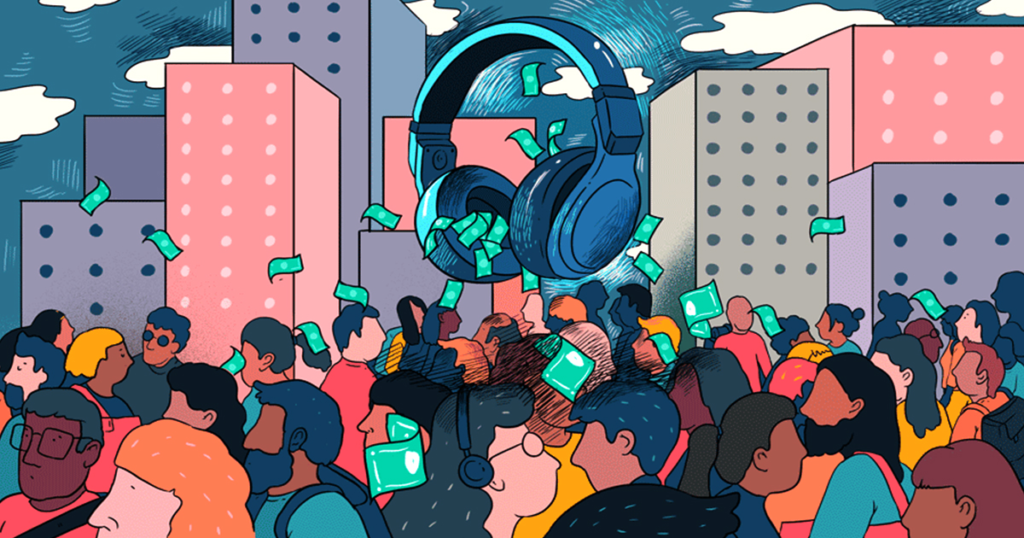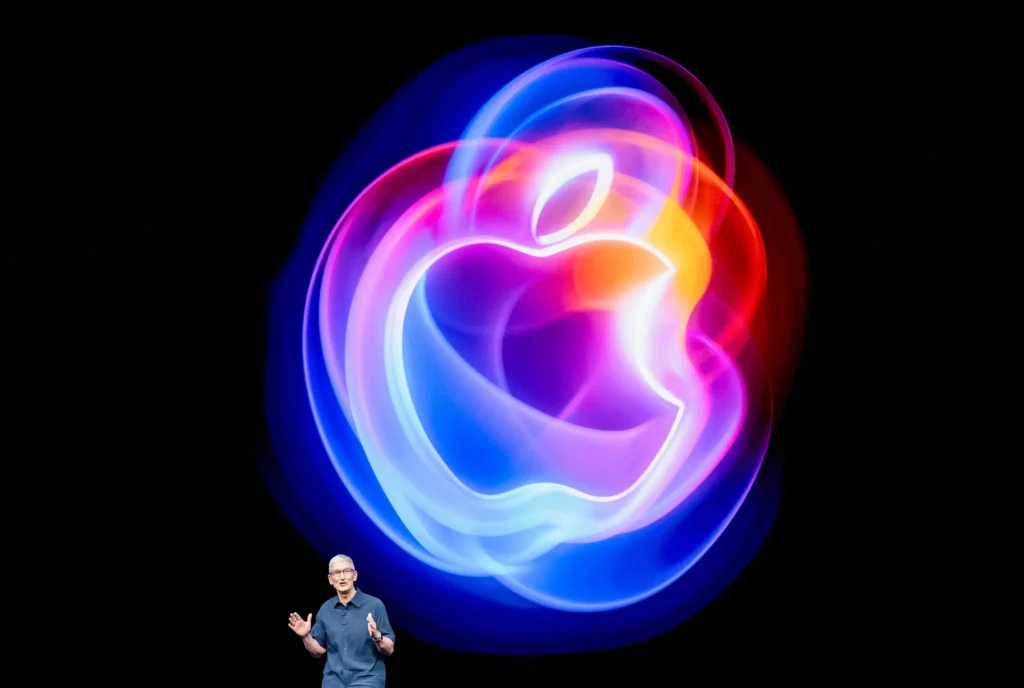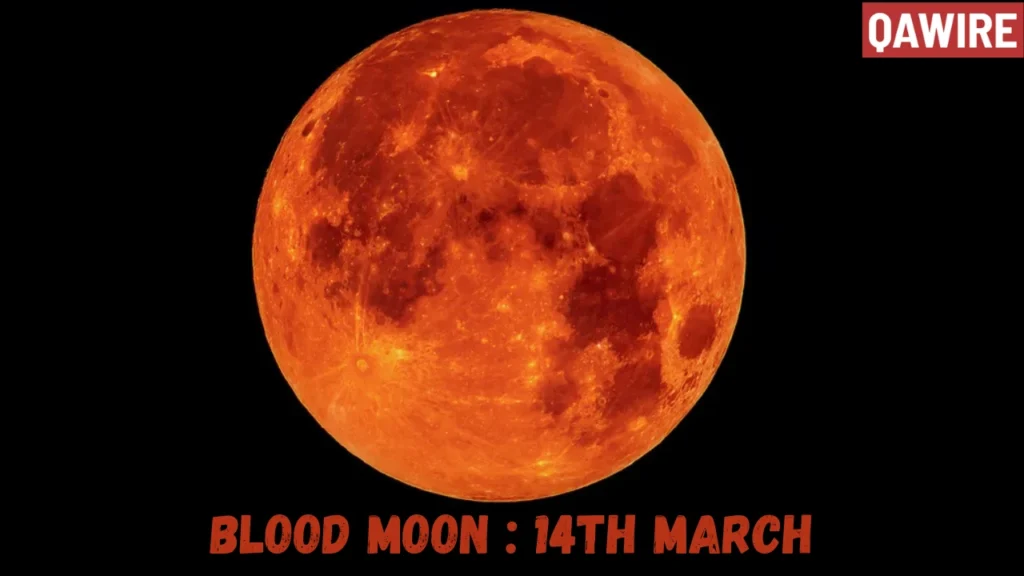
Introduction to Pop Melodies in Marketing and Advertising
Pop melodies have a unique ability to stick in our minds. You hear them on the radio, hum along while you work, and suddenly they pop up in your favorite brand’s latest ad campaign. It’s no coincidence that marketers are increasingly tapping into the power of catchy tunes to enhance their advertising strategies. These infectious hooks do more than entertain; they create an emotional appeal that resonates with consumers on a deeper level.
In today’s fast-paced world, where attention spans are shorter than ever, brands need every edge they can get to stand out. Enter pop melodies—those upbeat rhythms and relatable lyrics that not only capture our interest but also help forge lasting connections between products and audiences. From jingles that make us smile to popular songs that evoke nostalgia, the role of music in commercials is pivotal for brand recognition and consumer engagement.
So why does this matter? Because understanding how pop melodies influence marketing tactics can unlock powerful insights into creating memorable campaigns that foster customer loyalty. Let’s dive deeper into this fascinating intersection of sound branding and advertising success!
The Psychology of Pop Music and Its Effect on Consumers
Pop music taps into our emotions, often evoking nostalgia and joy. This emotional pull is crucial in marketing because it creates a connection between the consumer and the brand.
When people hear catchy tunes, their mood can shift instantly. Brands leverage this psychological effect to enhance engagement. A familiar melody can trigger positive feelings associated with past experiences.
The brain responds to pop melodies by releasing dopamine, reinforcing pleasurable feelings. This makes consumers more likely to remember brands that use these tunes in advertising.
Additionally, upbeat rhythms encourage sharing. When a jingle resonates with listeners, they’re more inclined to talk about it or share it on social media.
Using pop music strategically allows brands to capture attention while leaving a lasting imprint on their audience’s memory.

Famous Examples of Brands Using Pop Melodies in Their Ads
Brands have long tapped into the power of pop melodies to capture attention. One standout example is Coca-Cola’s iconic use of catchy tunes in their commercials. Their campaigns often feature upbeat songs that evoke feelings of happiness and togetherness.
Another memorable instance is Apple’s collaboration with artists like Billie Eilish for its ads. The fusion of innovative visuals and contemporary pop music resonates deeply with younger audiences, enhancing brand identity.
McDonald’s also knows the value of a good melody. Their jingles, such as “I’m Lovin’ It,” stick in consumers’ minds, making them instantly recognizable.
Nike has often employed popular tracks to elevate their advertising strategies. By incorporating hits from trending artists, they connect emotionally with sports enthusiasts while promoting an active lifestyle.
These examples highlight how effective pop melodies can enhance consumer engagement and reinforce brand recognition across diverse markets.
How Pop Melodies Create an Emotional Connection with Consumers
Pop melodies have a unique ability to evoke emotions. Their catchy tunes resonate with listeners on a personal level, triggering memories and feelings associated with those songs.
When brands leverage these familiar sounds in their advertising, they tap into that emotional reservoir. A simple melody can create an instant mood—happiness, nostalgia, or even excitement—which enhances the overall message of the advertisement.
This emotional appeal fosters deeper connections between consumers and brands. People don’t just remember what they see; they remember how it made them feel.
As a result, when your favorite jingle plays during a commercial break, it’s not just sound—it’s an invitation to relive cherished moments tied to that music. This connection becomes part of brand identity and significantly boosts consumer engagement over time.

The Role of Catchy Jingles in Brand Recall and Brand Awareness
Catchy jingles play a pivotal role in shaping brand recall. These short, memorable tunes stick with consumers long after they’ve heard them. When you hear a familiar jingle, it instantly brings the associated product or service to mind.
The power of jingles lies in their ability to create emotional connections. A playful melody can evoke feelings of nostalgia or joy, enhancing the overall consumer experience. This emotional appeal makes brands more relatable and memorable.
Moreover, catchy jingles often serve as an audio branding element that reinforces brand identity. As audiences engage with diverse media platforms, these sonic signatures help carve out a space in crowded marketplaces.
In today’s fast-paced digital environment, where attention spans are fleeting, having an unforgettable tune can make all the difference for market impact and customer loyalty. Brands leveraging this strategy effectively enhance their advertising strategies and fortify audience targeting efforts across campaigns.
Controversies Surrounding the Use of Popular Songs in Advertising
The use of popular songs in advertising often stirs debate. Some argue it dilutes the original artistic intent. When a beloved track is used to sell products, fans may feel their favorite artists are compromising their integrity.
Additionally, music licensing can become a contentious issue. Brands must navigate complex copyright laws and negotiate fees, which not all businesses can afford. This raises questions about fairness and accessibility in marketing strategies.
There’s also the risk of alienating certain demographics. A catchy tune might resonate with one audience while completely missing another. This creates challenges for brands aiming for broad appeal without losing authenticity.
Furthermore, backlash from artists can occur if they disagree with how their music is portrayed or perceived in commercials. Such controversies highlight the delicate balance between creativity and commercialism within the industry’s landscape.
Tips for Incorporating Pop Melodies into Marketing Strategies
To effectively incorporate pop melodies into your marketing strategies, start by understanding your target audience. Know their musical preferences and the emotions tied to specific genres or hit songs.
Next, think about the message you want to convey. A catchy tune should enhance brand identity without overshadowing it. Choose melodies that resonate with your product’s essence.
Consider using original jingles that embody memorable hooks. They can create lasting impressions and boost brand recall over time. Ensure these tunes are easy to remember and sing along to.
Leverage social media platforms for sound branding opportunities. Short clips featuring pop melodies can go viral, increasing consumer engagement significantly.
Don’t forget music licensing rules when selecting tracks from popular artists. This protects your brand while allowing you to benefit from established hits in commercials or cross-platform campaigns.
Experiment with live events where consumers can experience music firsthand alongside product placement for a deeper emotional appeal.

Future Trends and Innovations
As the landscape of marketing evolves, pop melodies will continue to play a pivotal role in advertising strategies. Brands are increasingly embracing the power of sound branding. This trend emphasizes crafting unique audio identities that resonate with target audiences.
Incorporating artificial intelligence into music creation is on the rise. AI can generate catchy tunes tailored to specific demographics, enhancing emotional appeal and consumer engagement.
Moreover, cross-platform campaigns are becoming more refined. Music licensing agreements will evolve as brands seek seamless integration across digital platforms and social media. The goal? To create memorable hooks that capture attention instantly.
Experiential marketing is also gaining traction. Live events combined with popular songs offer immersive experiences for consumers, fostering deeper connections with brands.
With advancements in technology, expect personalized soundscapes tailored to individual preferences, enhancing brand recognition and customer loyalty like never before.
Conclusion
Pop melodies have undeniably carved a niche in the world of marketing and advertising. Their infectious nature makes them powerful tools for brands aiming to enhance consumer engagement and brand recognition. By tapping into the psychology of music, advertisers can create emotional appeal that resonates with audiences on a deeper level.
The use of catchy tunes or jingles not only boosts brand recall but also fosters customer loyalty over time. As we see successful examples from big-name brands, it becomes evident that memorable hooks play a pivotal role in shaping brand identity.
However, navigating the complexities surrounding music licensing and potential controversies must be handled carefully to avoid alienating consumers. Marketers should remain aware of current trends while exploring innovative strategies for integrating pop melodies into their campaigns.
As the landscape continues evolving, embracing sound branding through effective audio elements will help brands stand out even more in crowded markets. The future holds exciting possibilities for those who dare to push boundaries with creative approaches to using music in commercials, ensuring they resonate long after the ad is over.
Stay tuned for more such content, only on QAWire


